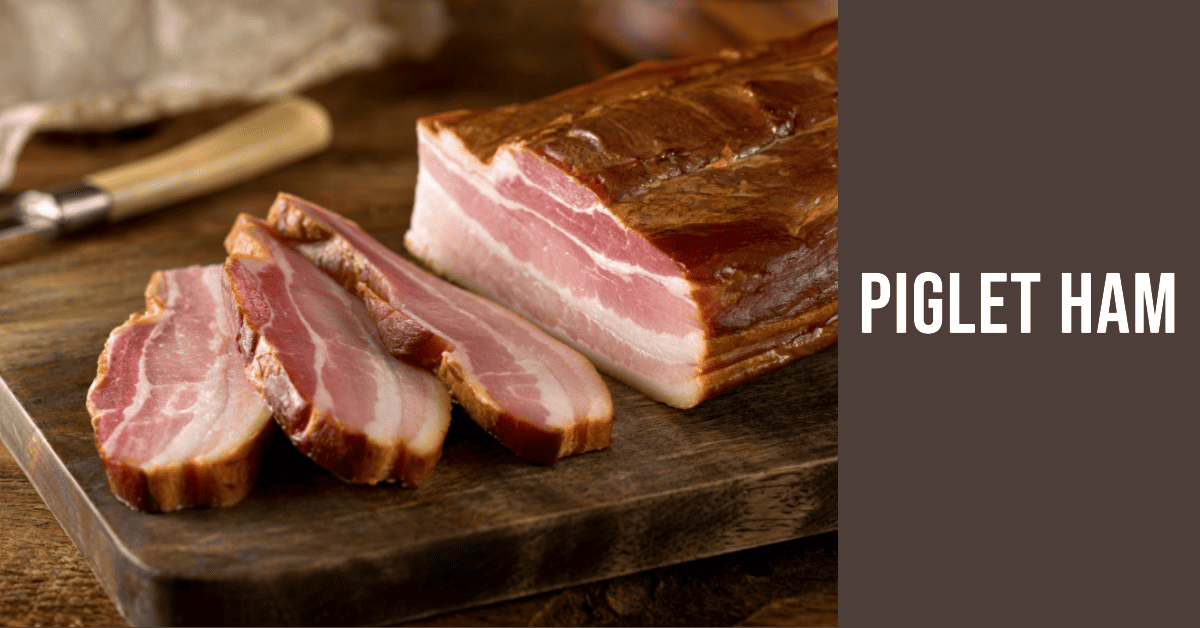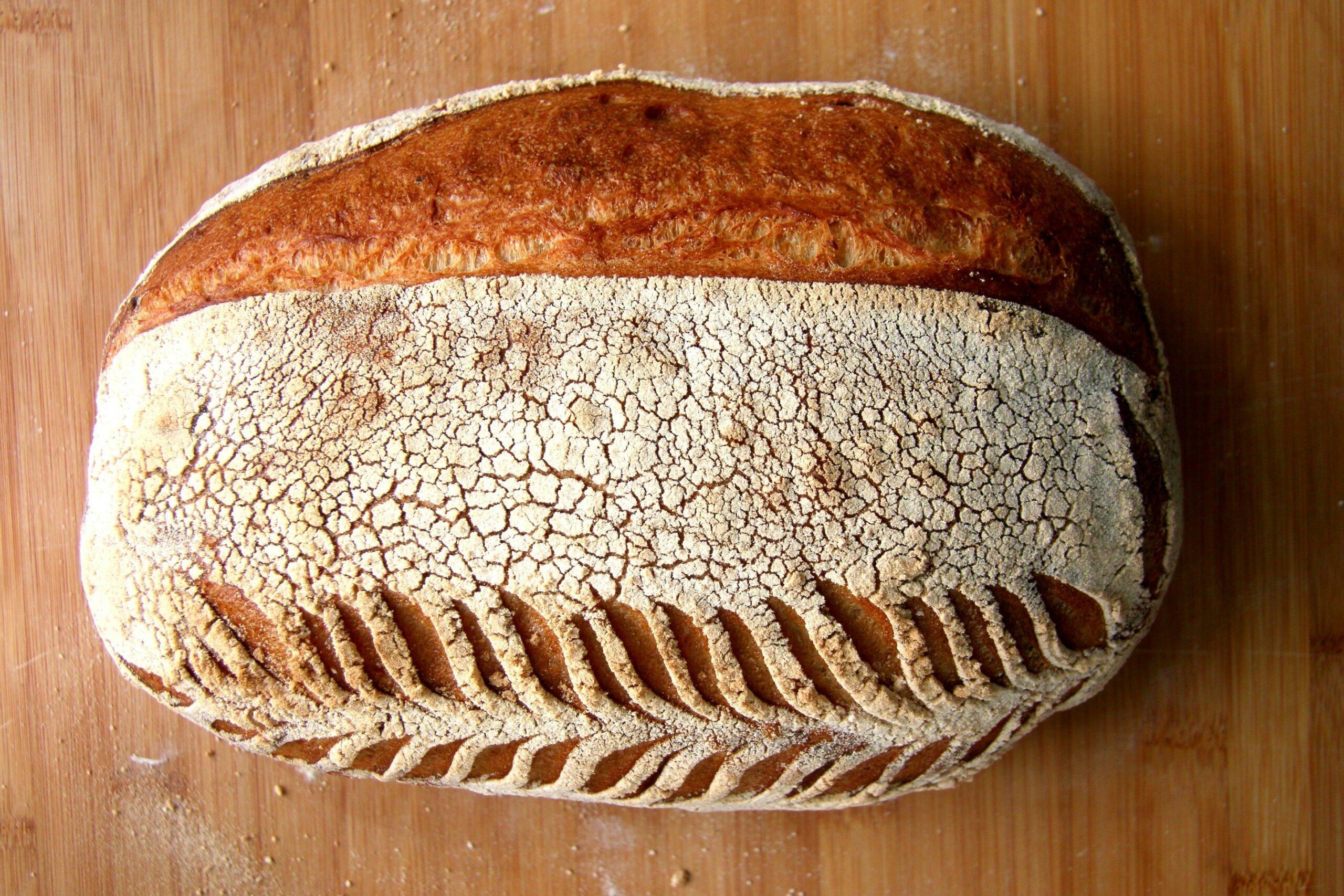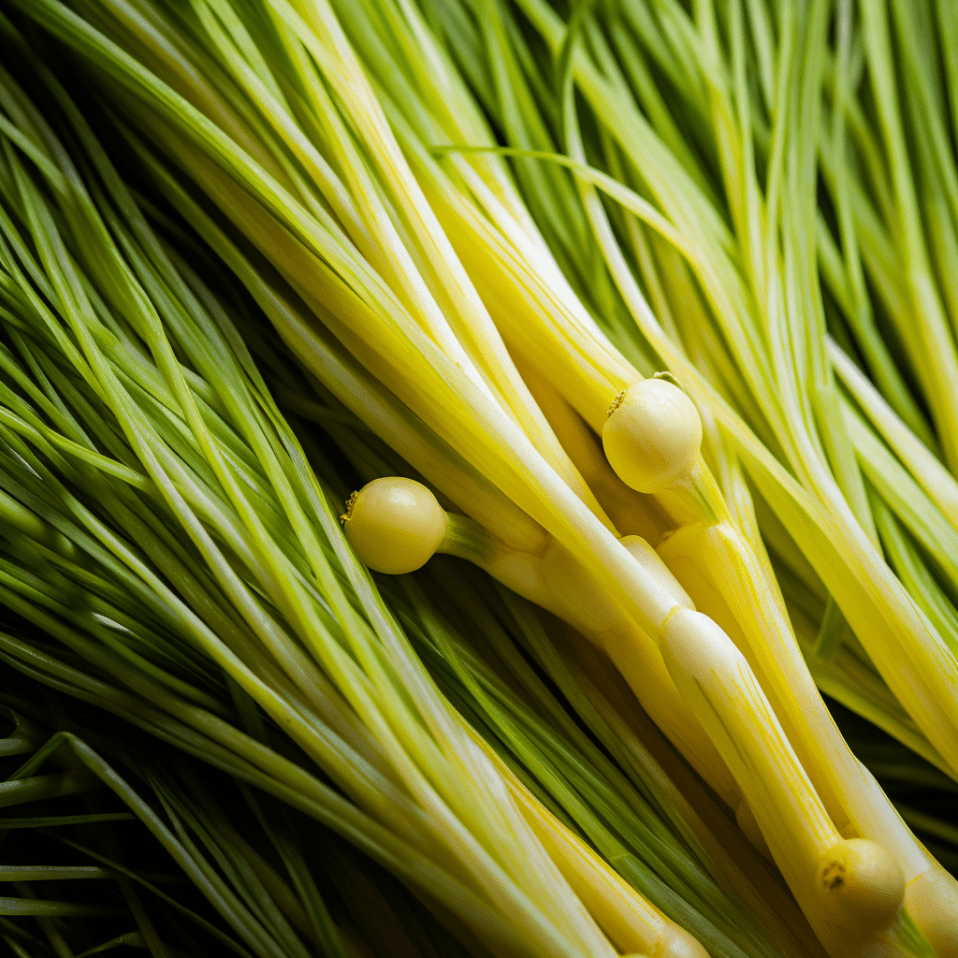Cutting boards have been an essential kitchen tool for centuries and there has been many debates about wood vs. plastic vs. bamboo cutting boards. But with so many board materials available today, it can be challenging to choose the right one. The most common board materials are wood, plastic, and bamboo. Hardwood and open grain woods are excellent choices for cutting boards as they are durable and can withstand heavy use without damaging expensive knives. Softwoods, on the other hand, may not be the best option as they can easily develop grooves that trap bacteria. Each material has its advantages and disadvantages.
Wooden cutting boards are a classic choice that has been used for generations. They are durable, long-lasting, and have a natural beauty that complements any kitchen decor. Hardwood cutting boards, made from open grain woods, are ideal for expensive knives as they won’t dull the blades. Softwoods, however, should be avoided as they can damage your knives. Plastic cutting boards are affordable, lightweight, and easy to clean. Bamboo cutting boards are eco-friendly and have become increasingly popular in recent years.
Several factors come into play when choosing a cutting board. Hardwood boards, with their tight pores, are less likely to harbor bacteria if proper precautions are taken. Glass boards can dull knives quickly and should be used with care. Open grain woods like oak or walnut require extra attention when cleaning to avoid bacterial growth. Bamboo boards may split or crack if not maintained correctly.
Contents
Pros and Cons of Wood vs. Plastic vs. Bamboo Cutting Boards
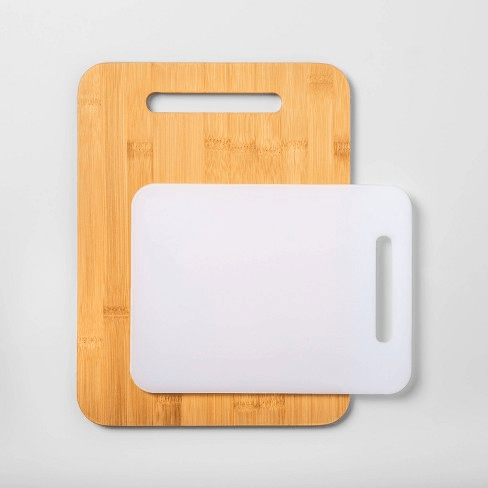
Advantages of Wood Cutting Boards
Wooden cutting boards, made from hardwood and open grain woods, have been used for centuries and are still a popular choice today. They offer longevity and are a great alternative to glass cutting boards. Here are some advantages of using wood cutting boards:
- Durability: Open grain woods like wooden cutting boards can have longevity for years with proper care and regular application of oils.
- Knife-Friendly: Wooden boards, including bamboo cutting boards, are softer than composite cutting boards or glass, which means they won’t dull your knives as quickly.
- Aesthetics: Wooden cutting boards with open grain and pores are aesthetically pleasing and can add warmth to any kitchen décor. Applying oil to these boards can enhance their natural beauty.
- Natural Antibacterial Properties: Some cutting board materials, such as wooden boards, including bamboo cutting boards, have natural antibacterial properties that make them more hygienic than plastic or glass cutting boards.
However, there are also some disadvantages to using wooden cutting boards due to their open grain and pores.
- Maintenance: Wooden cutting boards with open grain and pores require regular oiling to prevent them from drying out and splitting.
- Porous Surface: The pores on a bamboo cutting board can absorb liquids and bacteria, making it important to clean thoroughly after each use. Plastic boards and glass boards are non-porous, so they are easier to clean and less likely to harbor harmful bacteria.
- Cost: Wooden cutting boards, with their natural pores, tend to be more expensive than their plastic counterparts.
Disadvantages of Plastic Cutting Boards
Plastic cutting boards have become increasingly popular in recent years due to their affordability and ease of cleaning. However, there are also some downsides to using plastic cutting boards. Unlike beech wood, plastic doesn’t have pores which can harbor bacteria.
- Knife Damage: Using a bamboo cutting board can help prevent dulling of your knives as it is softer than plastic and has natural pores to protect the sharpness.
- Shorter Lifespan: Plastic cutting boards tend to have smaller pores compared to wooden ones, causing them to wear down faster and may need replacing more frequently.
- Bacteria Buildup: Over time, the pores on wood boards, especially beech wood, can harbor bacteria that are difficult to remove even with thorough cleaning. Plastic boards may be a better alternative to avoid this issue.
Despite these disadvantages, plastic cutting boards do have some benefits, such as not having pores.
- Affordability: Plastic cutting boards, with their non-porous surface, are generally less expensive than wooden ones with their pores.
- Easy Maintenance: Unlike wooden cutting boards that require regular oiling, plastic ones can be easily wiped clean with soap and water.
- Variety: Plastic cutting boards come in a wide variety of colors, shapes, and sizes to suit any kitchen décor.
Benefits of Bamboo Cutting Boards
Bamboo is a relatively new material for cutting boards but has quickly gained popularity due to its unique properties. Here are some benefits of using bamboo cutting boards:
- Durability: Bamboo is harder than wood and can withstand more wear and tear without showing signs of damage, unlike plastic boards.
- Knife-Friendly: Like wood, bamboo is softer than plastic or glass, which means it won’t dull your knives as quickly.
- Eco-Friendly: Bamboo is a sustainable material that grows quickly and does not require pesticides or fertilizers. It makes for great wood cutting boards due to its durability and resistance to bacteria, making it a fantastic alternative to traditional wood boards.
- Low Maintenance: Bamboo cutting boards require minimal maintenance compared to wooden ones.
However, there are also some downsides to using bamboo cutting boards:
- Porous Surface: Like wood, bamboo has a porous surface that can absorb liquids and bacteria if not cleaned properly.
- Cost: Bamboo cutting boards tend to be more expensive than plastic ones but less expensive than wooden ones.
Which Type of Cutting Board is Best for Different Types of Food Preparation?
There are several options available in the market. However, the most common types are wood, plastic, and bamboo cutting boards. Each of these materials has its own advantages and disadvantages.
Why Meat Should Be Cut on a Separate Board
Raw meat can contain harmful bacteria that can cause foodborne illnesses. Therefore, it is important to use a separate cutting board for raw meat to prevent cross-contamination with other foods. Here are some tips for choosing a suitable cutting board for raw meat:
- Plastic cutting boards: These are easy to clean and sanitize, making them ideal for raw meat.
- Bamboo cutting boards: These have natural antimicrobial properties that help fight bacteria growth.
- Wood cutting boards: These tend to absorb moisture and harbor bacteria if not properly cleaned.
It is also important to note that you should never cut cooked meat on the same board used for raw meat as it can still contain harmful bacteria.
The Best Type of Board for Chopping Vegetables
Vegetables require a smooth surface when being chopped or sliced. A rough surface can damage delicate vegetables like tomatoes and cucumbers. Here are some tips on choosing the best type of board for chopping vegetables:
- Plastic cutting boards: These are lightweight and easy to clean but tend to dull knives quickly.
- Bamboo cutting boards: These have a smoother surface than wood boards and do not dull knives as quickly.
- Wood cutting boards: These provide a stable surface but require regular oiling to prevent cracking.
Using Different Types of Boards for Raw vs Cooked Food
As mentioned earlier, using separate cutting boards for raw and cooked food is essential in preventing cross-contamination. Here are some additional tips on using different types of boards for raw vs cooked food:
- Plastic cutting boards: These are ideal for raw meat, but it is best to use a different board for cooked food as they can develop deep grooves that harbor bacteria.
- Bamboo cutting boards: These are versatile and can be used for both raw and cooked food. However, it is recommended to have separate boards for each.
- Wood cutting boards: These require more maintenance than other types of cutting boards. They should be oiled regularly and never soaked in water.
Comparing the Durability and Maintenance of Bamboo vs. Wood Cutting Boards
Proper Maintenance for Wooden Cutting Boards
Wooden cutting boards are a popular choice among chefs and home cooks alike because of their durability, aesthetic appeal, and versatility. However, proper maintenance is crucial to ensure that they last for a long time.
One important thing to keep in mind. Doing so can cause the wood to warp or crack over time. Instead, use warm soapy water and a sponge or cloth to clean your wooden cutting board after each use. Be sure to dry it thoroughly with a clean towel before storing it away.
Another way to maintain your wooden cutting board’s longevity is by oiling it regularly with food-safe mineral oil. This helps prevent the wood from drying out and cracking over time.
Lifespan Difference between Bamboo and Wood
Bamboo has become an increasingly popular alternative to traditional wood cutting boards due to its sustainability, affordability, and durability. However, how does bamboo stack up against wood in terms of longevity?
The answer largely depends on the hardness rating of the specific type of wood being compared with bamboo. One way to measure a material’s hardness is through its Janka hardness rating – which measures how much force is required to embed a steel ball halfway into the material.
For example, a wood cutting board made of hard maple has a Janka hardness rating of 1,450 pounds-force (lbf), while a bamboo wood cutting board typically ranges from 1,380-1,580 lbf depending on the specific species used.
In general, bamboo tends to be more durable than softer woods such as pine or cedar but may not be as long-lasting as harder woods like maple or walnut.
Factors That Affect Durability
Several factors can affect the durability of both bamboo and wood cutting boards:
- Water Resistance: Both materials are susceptible to damage from prolonged exposure to water. However, bamboo tends to be more resistant to moisture than many types of wood due to its natural oils.
- Quality of Construction: The way a cutting board is constructed can also affect its durability. For example, end-grain cutting boards are generally more durable than edge-grain or face-grain boards because they are less prone to warping and cracking over time.
- Frequency of Use: How often you use your cutting board can also impact its lifespan. Cutting boards that are used frequently may need to be replaced more often than those that are only used occasionally.
The Superiority of Sapele Wood for Cutting Boards
Unique properties that make Sapele wood ideal for cutting boards
There are many options available on the market. But not all cutting boards are created equal. Some materials may be more durable, while others may be easier to clean. One type of wood that stands out from the rest is Sapele wood.
Sapele wood is a hardwood that is commonly used in making furniture, flooring, and musical instruments. What makes it unique is its interlocking grain pattern, which provides excellent stability and durability. This characteristic makes it ideal for use in cutting boards as well.
Unlike other hardwoods like oak, walnut, or maple, Sapele wood has smaller pores on its surface. This feature makes it an ideal material for a bamboo cutting board, as it prevents bacteria from getting trapped in the grooves and reduces the risk of contamination during food preparation.
Another benefit of using Sapele wood for cutting boards is its resistance to moisture. It does not absorb water easily compared to softwoods like beechwood and pine. Thus it does not warp or crack easily when exposed to moisture.
Comparison with other types of hardwoods used in making cutting boards
While other hardwoods like oak and maple are also popular choices for making cutting boards due to their hardness and durability, they have some drawbacks compared to Sapele wood.
Oak has large pores on its surface, which can harbor bacteria if not cleaned properly. Maple has a closed-grain structure similar to Sapele but lacks the same level of hardness and durability as Sapele wood. When it comes to choosing a cutting board, a bamboo cutting board is a great option due to its natural antimicrobial properties.
Walnut has a beautiful dark color but can stain easily due to its open-pore structure, making it less ideal for a wood cutting board. On the other hand, Sapele’s closed-pore structure makes it resistant to stains and discoloration, making it a great option for a bamboo cutting board.
Beechwood is another popular choice for a cutting board but tends to scratch easily due to its softness compared to hardwoods like Sapele. If you’re looking for a more durable option, consider a bamboo cutting board.
How to care for a Sapele wood cutting board
To keep your Sapele wood cutting board in top condition, it is essential to take proper care of it. Here are some tips on how to do that:
- Wash the board with warm soapy water after each use.
- Dry the board thoroughly with a clean towel and let it air dry completely before storing.
- Apply food-grade mineral oil or beeswax regularly to your bamboo cutting board to maintain the wood’s natural moisture and prevent cracking.
- Avoid exposing the board to extreme temperatures, such as hot pots or cold surfaces.
- Use a separate cutting board for raw meat and poultry to avoid cross-contamination.
In fact, one interesting fact about Sapele wood is that it is self-oiling. Its natural oils help protect against moisture and bacteria, making it an ideal choice for cutting boards.
Potential Health Risks Associated with Using Plastic Cutting Boards
Cutting boards are an essential tool in any kitchen. They provide a sturdy surface for chopping vegetables, fruits, and meats. However, not all cutting boards are created equal.
Bacteria buildup on plastic surfaces
Plastic cutting boards are porous, which means that they can easily harbor bacteria and other harmful microorganisms. Over time, these bacteria can build up on the surface of the board and contaminate your food. This is especially true if you use your plastic cutting board to cut raw meat or poultry.
To avoid bacterial contamination:
- Wash your plastic cutting board thoroughly after each use with hot soapy water.
- Sanitize your board by wiping it down with a solution of one tablespoon of bleach per gallon of water.
- Consider using a separate cutting board for raw meat and poultry.
Chemical leaching from plastic into food
Another potential health risk associated with using plastic cutting boards is chemical leaching. Plastic contains chemicals such as bisphenol A (BPA) that can leach into your food when exposed to heat or acidic foods. These chemicals have been linked to various health problems such as cancer, reproductive issues, and developmental delays in children.
To minimize chemical exposure:
- Avoid exposing your plastic cutting board to high temperatures or acidic foods.
- Replace your plastic cutting board regularly.
- Consider switching to wood or bamboo cutting boards.
Health concerns associated with microplastics in the environment
Microplastics are small pieces of plastic less than 5mm in size that have been found in oceans, rivers, and even tap water. These microplastics come from a variety of sources including cosmetics, clothing fibers, and yes – even our kitchen utensils like plastic cutting boards.
Ingesting microplastics has been linked to health concerns such as inflammation, oxidative stress, and even cancer. While the amount of microplastics in food is still being studied, it’s best to take precautions.
To reduce your exposure to microplastics:
- Avoid using plastic cutting boards.
- Choose wood or bamboo cutting boards instead.
- Dispose of plastic utensils and containers responsibly.
Other precautions
Aside from the potential health risks mentioned above, plastic cutting boards can also have other issues such as:
- Retaining odors from strong-smelling foods like garlic and onions.
- Being more prone to scratches that can harbor bacteria.
- Being less durable than wood or bamboo cutting boards.
Why Wood or Bamboo May be a Better Option for Your Health
Natural Antimicrobial Properties Found in Some Woods
There are many factors to consider. One of them is the material used to make the board. While plastic cutting boards may seem like a convenient option, they can harbor bacteria and chemicals that can be harmful to your health. On the other hand, wood and bamboo cutting boards have natural antimicrobial properties that make them a healthier choice.
Some types of wood, such as maple and walnut, contain natural compounds that help kill bacteria on their surface. These compounds include tannins and phenols, which have been shown to be effective against E.coli and salmonella. Wood has a porous surface that allows it to absorb excess moisture from food, preventing bacteria growth.
Bamboo is another great option for those looking for a natural antimicrobial cutting board. Bamboo is actually a type of grass that grows rapidly and requires less water than trees. It contains an antimicrobial agent called “bamboo kun,” which helps prevent bacterial growth on its surface.
Avoiding Chemicals Commonly Found in Plastics
Another reason why wood or bamboo may be a better option for your health is because they do not contain harmful chemicals commonly found in plastics. Many plastic cutting boards are made with BPA, phthalates, and other chemicals that can leach into your food over time.
These chemicals have been linked to various health issues such as hormone disruption and cancer. Plastic cutting boards can easily become scratched or damaged over time, providing an ideal breeding ground for bacteria.
Reducing Environmental Impact by Using Sustainable Materials
In addition to being healthier options for your kitchen routine, wood and bamboo cutting boards also have environmental benefits. Wood is biodegradable and renewable when sourced sustainably from managed forests.
Bamboo is even more sustainable than wood because it is a fast-growing grass that can be harvested without killing the plant. It also requires less water and pesticides than other crops, making it an eco-friendly choice.
Proper Care and Sanitation
While wood and bamboo cutting boards are great options for your health and the environment, they do require proper care to maintain their condition and prevent bacteria growth.
Choosing the Best Cutting Board for Your Needs
In conclusion,It is important to consider the pros and cons of each material. Wood and bamboo cutting boards are superior in terms of durability and health benefits, while plastic cutting boards may pose potential health risks. Sapele wood is a great option for those looking for a durable and long-lasting cutting board.
It’s also essential to choose the right type of cutting board based on the food preparation you’ll be doing. For example, plastic cutting boards may be suitable for vegetables but not recommended for meat due to bacteria buildup.
To ensure your safety and satisfaction with your purchase, make sure to invest in a high-quality cutting board that suits your needs and preferences.
FAQs
Q: Are bamboo cutting boards better than wood?
A: Bamboo cutting boards are generally considered better than wood due to their natural antimicrobial properties and sustainability. However, some types of wood such as sapele wood can also offer similar benefits.
Q: How often should I replace my cutting board?
A: It’s recommended to replace your cutting board every 1-2 years or whenever it becomes heavily worn or has deep grooves that can harbor bacteria.
Q: Can I use bleach on my plastic cutting board?
A: While bleach can effectively kill bacteria on plastic cutting boards, it’s not recommended as it can damage the material over time. Instead, opt for vinegar or hydrogen peroxide solutions.
Q: Can wooden cutting boards warp over time?
A: Yes, wooden cutting boards can warp if not properly maintained or exposed to excess moisture. To prevent warping, make sure to oil your wooden board regularly and avoid soaking it in water.
Q: Are there any health risks associated with using plastic cutting boards?
A: Plastic cutting boards may pose potential health risks as they can develop deep grooves that harbor bacteria and are difficult to clean. Plastic cutting boards can release harmful chemicals when exposed to high heat.
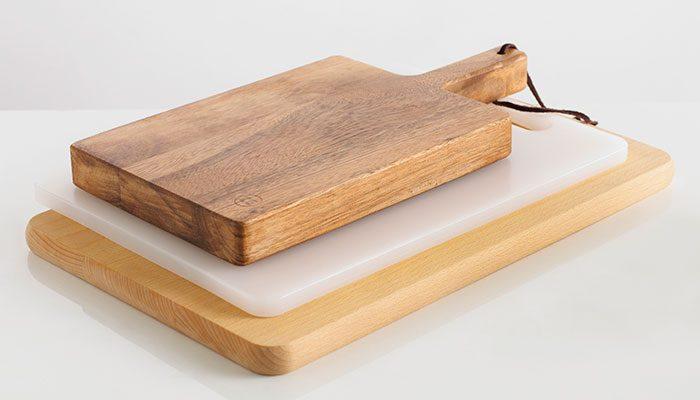

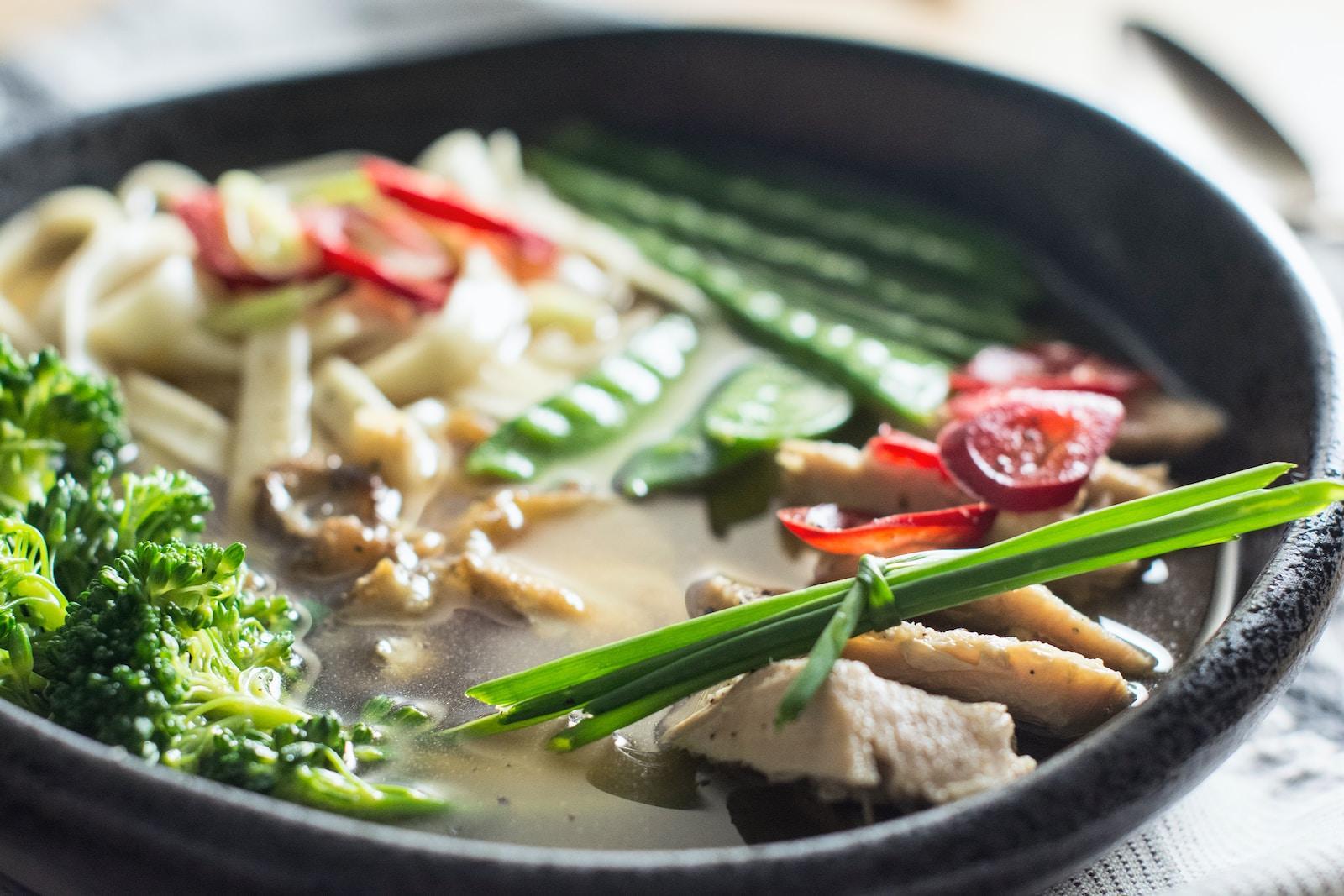
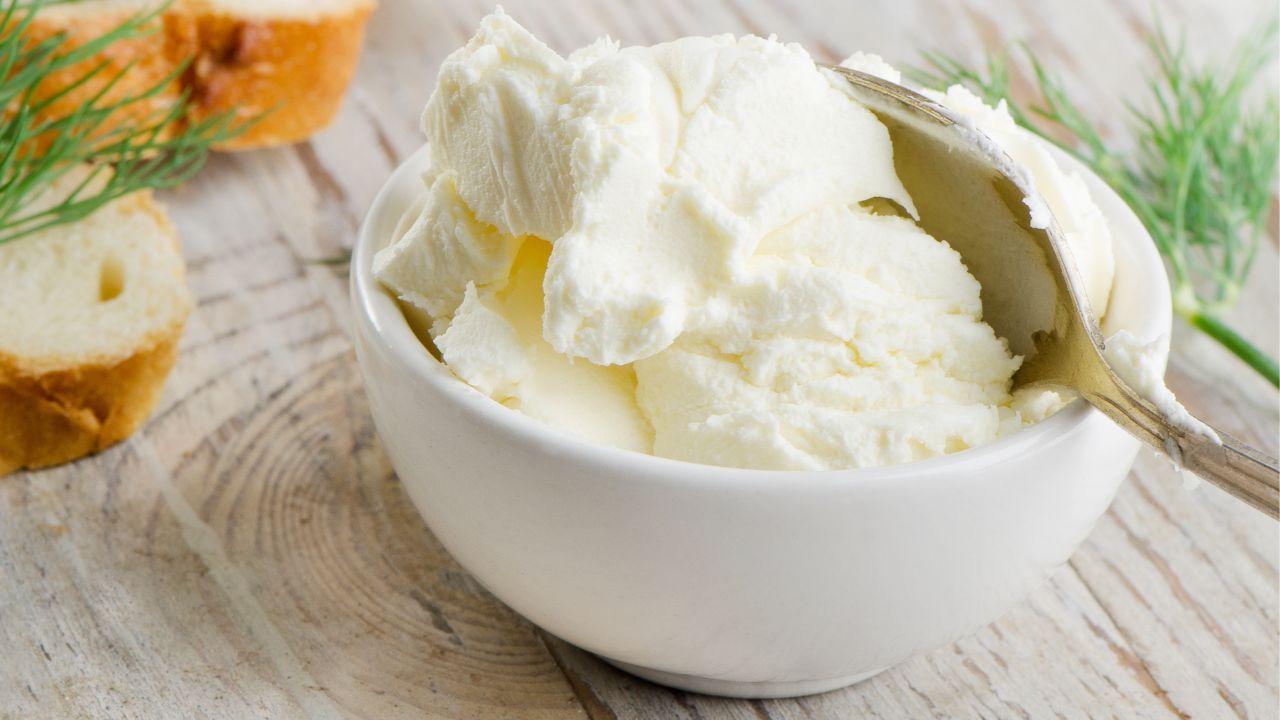
![Does Ground Beef Taste Good With Alfredo Sauce? [Answered]](https://kitchenbarrels.com/wp-content/uploads/2023/01/Ground-Beef-Taste-Good-With-Alfredo-Sauce-jpg.webp)
